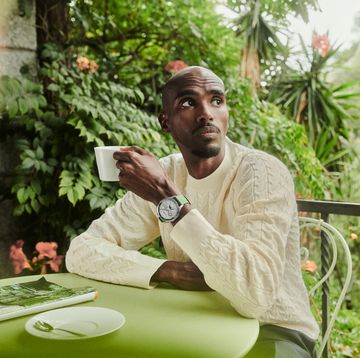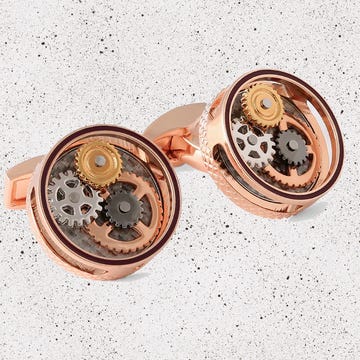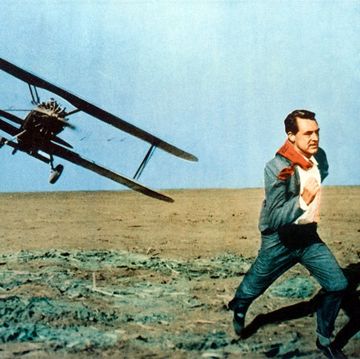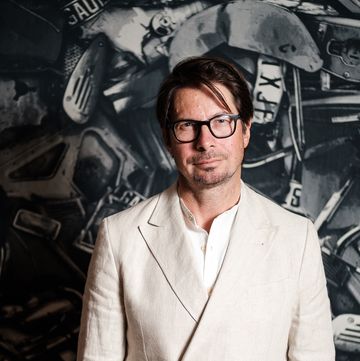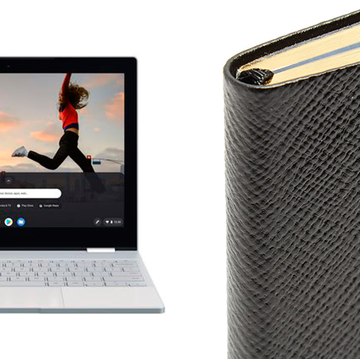Got used to being nauseated by 3D? Now film-makers have a new gimmick: “frames per second” or “fps”. Here's a four-point primer to the newest movie-tech trend.
Peter Jackson filmed The Hobbit (due out in December) at 48fps, while James Cameron intends to shoot his Avatar sequels at 60fps. But what does that actually mean? With help from camera operator Trevor Coop (Harry Potter), here’s our take on the basics:
Technically: Movies are shot at a rate of 24 frames per second (fps). A faster frame rate will mean a more fluid picture because you literally see more. This helps smooth out sequences shot in 3D.
Practically: Standard Definition TV is filmed at 25fps. Some HD channels offer transmissions at 50fps (great for sports coverage, action sequences, and counting presenters’ pores). The Hawk-Eye cameras at Wimbledon whir at 500fps.
Financially: The good news is you don’t need another machine or dorky glasses to benefit from higher fps: as long as you have an HD-ready TV, Blu-Ray or DVD player and functioning synapses, you can perceive the difference up to 80fps.
Visually: If the response to early glimpses of The Hobbit footage is anything to go by, 48fps looks like “a Seventies-era BBC video” — that’s not a compliment.
Words by Lucie Shelly


